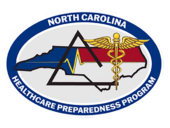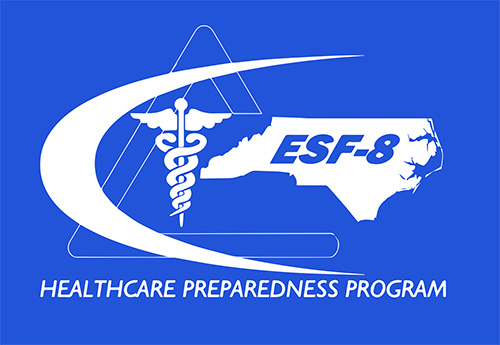The Federal Healthcare Preparedness Program (HPP) was developed in 2002 to support and enable healthcare systems to save lives during emergencies that exceed daily capacity of health and emergency response systems.
Federally this program is managed by the Administration for Strategic Preparedness and Response (ASPR) and coordinated by the Office of Emergency Management (OEM)/National Healthcare Preparedness Programs (NHPP).
This program is located in all fifty states and U.S. territories to support preparedness and response efforts.
In North Carolina, the program is managed by the NC Department of Health and Human Services (DHHS)/Office of Emergency Medical Services, in partnership with the Division of Public Health and Department of Public Safety/Division of Emergency Management. The program utilizes eight lead hospitals to coordinate eight healthcare coalitions, which include the State Medical Response System (SMRS) components.
From 2002-2004, contracts were executed with all hospitals and EMS agencies in North Carolina, with a focus on equipment and supplies to aid in preparedness and response. In 2004, the program was regionalized and incorporated into the existing Trauma Regional Advisory Committees (RACs) as Disaster Preparedness Committees. Beginning in 2012 through 2014, a federally-mandated program assessment was conducted and the transition from trauma and RAC focus began to shift to overall healthcare preparedness, expanding partnerships to include healthcare infrastructure, and operational capabilities.


